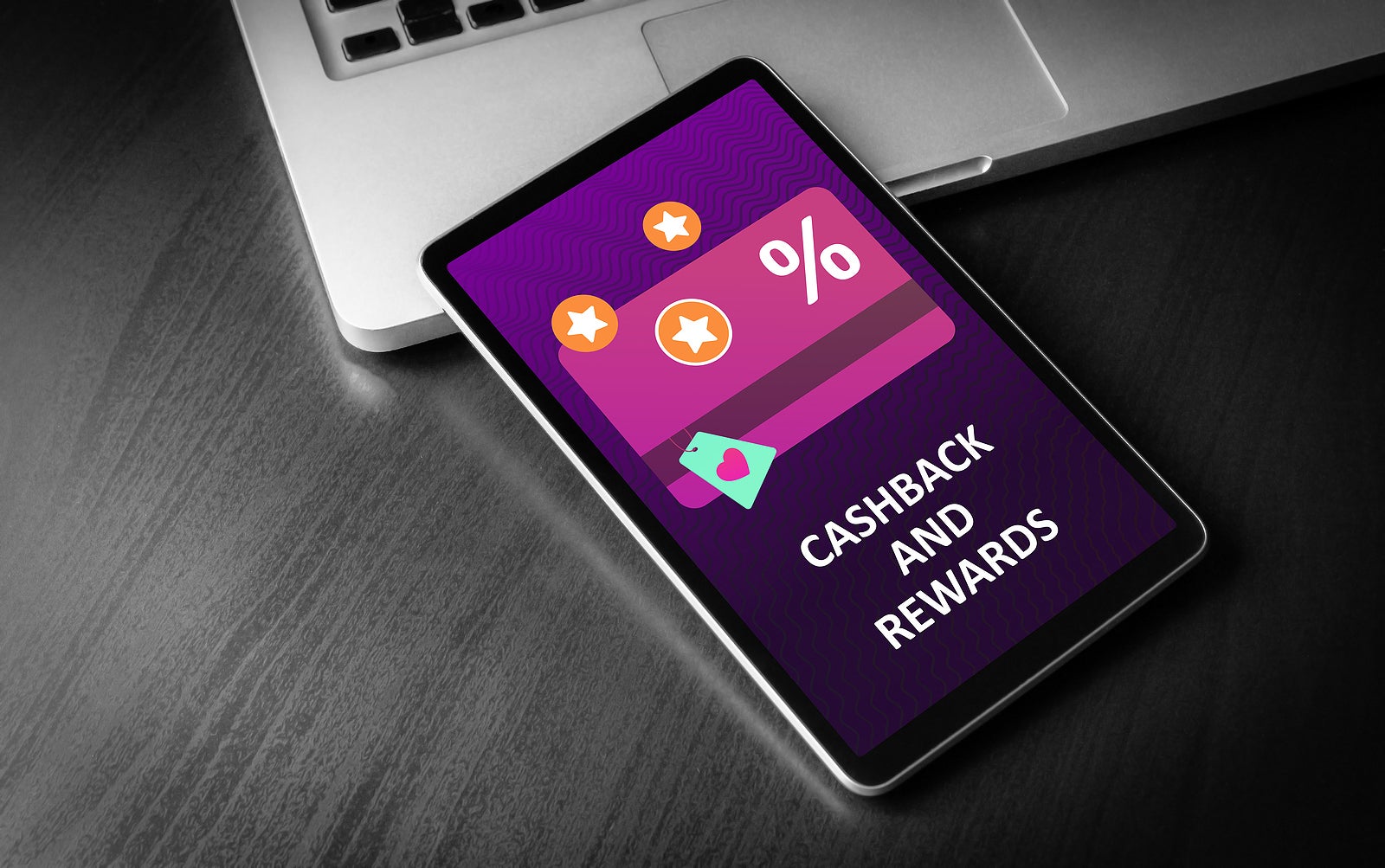
One way to potentially increase your customer base — especially when encouraging repeat business — is to implement a loyalty program. In fact, more than half of U.S. consumers are interested in using loyalty programs from local businesses, according to a June 2021 report released by payments industry analyst PYMNTS.com.
While a good loyalty program can encourage customers to return to your store, loyalty programs have the potential to cause headaches. Here’s what you need to know if you want to start a loyalty program without losing money.
These four steps can help you launch your own loyalty program
Decide what kind of perks you want to offer
Some loyalty programs focus on points accumulation, allowing customers to earn points when they shop and then redeem those points later for free items. Other loyalty programs focus more on discounts, allowing members to receive breaks on their purchases at the point of sale.
A report from payment processor Vantiv indicated that accumulating points for free merchandise and travel (47% of respondents) was one of the top reasons that customers sign up for a loyalty program. Another popular reason for signing up for a rewards program (41% of respondents) was receiving automatic discounts at checkout.
Figure out what your customers are most likely to respond to, and create a loyalty program that appeals to them. Consider asking some of your regular customers for input. You also need to consider what makes the most sense for your business. Think about what would be easiest to implement while you control costs. While you want to provide value, you want to make sure you’re not giving too much away. In much the same way that a loss leader can get people into the store, the right perks can attract more business over time.
Develop a rewards structure
When you figure out how your customers will earn points, discounts or freebies, it’s time to determine how rewards will be valued. If customers earn one point per dollar spent, for example, you might need to make sure each point is worth less than one dollar in redemption. You might decide that a customer can redeem 50 points for a $5 item. Perhaps you offer a $20 coupon during a special sale if a customer spends at least $100.
The key is creating a structure that’s attractive to customers and that helps them feel valued without reducing your profits by too much.
Determine the best platform
Once you have an idea of the perks you plan to offer, you need to look for a platform that’s easy to use as you reward your customers. Marketing and technology industry analyst Martech Zone reports that 68% of customers won’t return to a business after having a bad experience with them. The right platform should make it easy for your customers to view their rewards and understand how to redeem them.
Platforms can range from the high-tech to the traditional, including:
Punch cards: One of the easiest ways to offer rewards is with a punch card. After filling in a card, the holder receives a free item. Punch cards are relatively easy to make and distribute and can cost as little as $17 per 100. However, customers can easily lose them, and they don’t offer a way for tech-savvy customers to take advantage of them.
Emailed rewards: Email can be a good way to let people know about upcoming discounts, sales and special promotions. Additionally, email coupons and discounts can be a simple way to distribute rewards. Depending on your email system and your integrations, emailed rewards might not cost very much to add to your marketing budget. However, setting up a new system could get pricey. In general, an email management system costs between $9 and $1,000 per month, depending on the size of your list.
Membership cards and “members only” discounts: Membership cards can be one way to encourage people to come back and get discounts on a regular basis. They have advantages in being easy to carry around and easy to administer. They could potentially be costly, however. Integrating with your point-of-sale system could cost up to $500 per month.
Loyalty reward apps: Another solution is to use apps, such as Punchh, Stamp Me, Yotpo and Kangaroo. You might be able to find systems that allow you to customize your program for up to $49 per month, depending on the platform and the features you choose.
Market and measure your new program
Finally, it’s time to market your program. You might need to tap into new lines of credit or get creative with your funding options that aren’t restrictive to pay for upfront marketing costs, but the cost can be worth it if your current customers increase their spending to take advantage of loyalty rewards. Marketing can also serve to attract new customers who might be willing to shop at your business now that you offer a loyalty program.
Make sure the platform you choose offers tracking information so you can see how much money customers are spending when they use the loyalty program. You can compare sales to the same time last year to see if there’s progress. Metrics you can use to figure out which customers offer a better return on investment include:
- Reward redemption. If customers are signing up but not redeeming rewards, you might not be offering enough value.
- Purchase frequency. A good rewards program should see an increase in the number of purchases made at your business.
- Purchase size. Track to see whether the average transaction size has increased since you implemented the rewards program. Larger basket amounts could indicate that your program is encouraging bigger transactions.
In the end, a good loyalty program can make a difference in retaining customers and ensuring that they prefer your business, increasing your sales and revenue over time.
2945 Views












